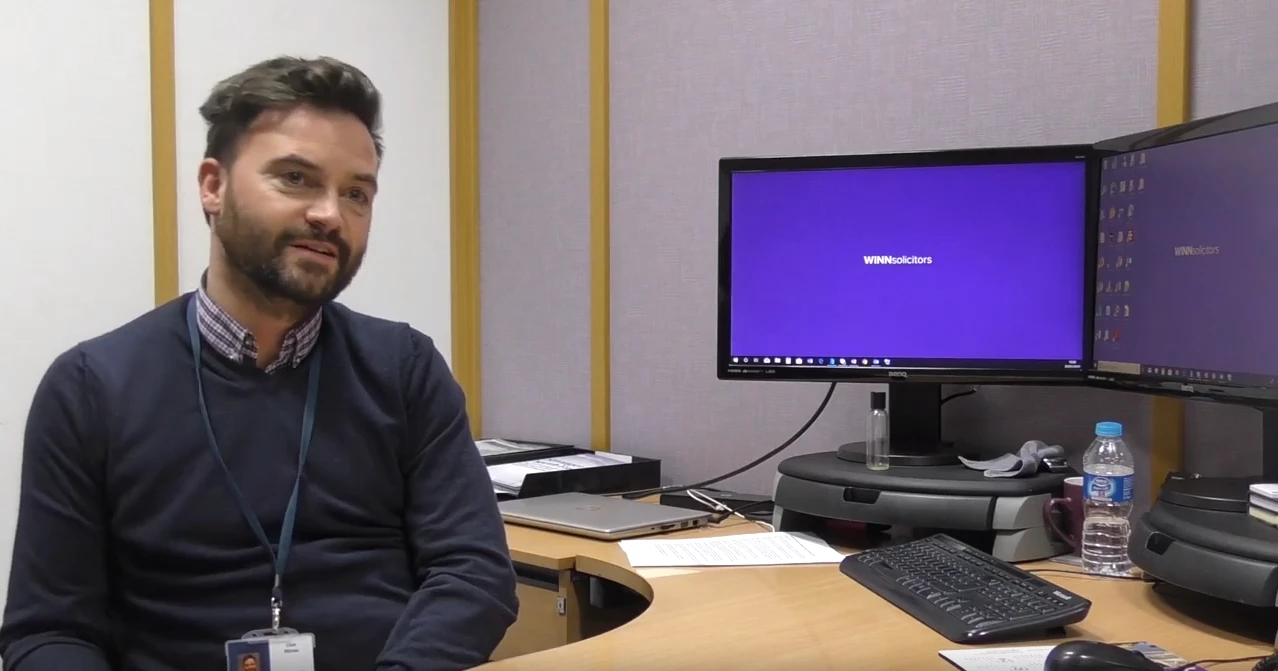
Partner Article
What role can automation play in the claims process?
In an ever-evolving industry, Winn Group Director - Head of IT and Change Management Clint Milnes discusses the need for automation in the claims sector and where it should and must not be used:
Automation of any process, whether claims or otherwise, must have a purpose and be done for the right reason, with an identifiable goal. Let’s not automate for automaton’s sake!
Some people consider the aim of automating a process, such as the personal injury claims process, is to reduce human intervention to a minimum.
In this day and age, with mobile technology, clients expect, in all walks of life, automation to assist and aid the process. This is filtering into the legal profession.
For example, consumers want to carry out their conveyancing online. They want to be able to sign papers electronically and every document to be available at the touch of a button, 24/7.
This is very much in the psyche of a consumer, but must be coupled with the traditional view that solicitors should be there to offer advice and assistance at any time.
Automation of the claims process can be achieved, but it must not be to the detriment of the client by creating an arm’s length relationship. This would mean the client is unable to access the legal advisors when necessary.
So when is it possible to automate the claims process for the benefit of the client?
From the very first call, the potential client wants to speak to someone with relevant experience to relay details of their unfortunate injury. Any on-boarding of new clients mustn’t be fully automated. There is no substitute for speaking to an individual when legal assistance is required.
Throughout the life cycle of a case, automation plays a fundamental part in allowing a client access to the information to enable their case to proceed, and for them to make meaningful decisions.
Examples of this include a letter being automatically uploaded to a web platform or sent by email or to a client’s mobile phone. This automation allows greater client access and doesn’t take away the human thinking element which is necessary at crucial points within a claims process.
The automation must be flexible and have the ability to consider the demanding needs of the individual client. Has a client got an email address? If so, do they want correspondence sent by email? If not, it is sent by post. Systems can be automated to suit the needs of the individual.
All industries are adapting to the use of automation and artificial intelligence. This is to drive efficiencies throughout businesses with a resulting positive benefit for the client.
In this busy day and age, clients want things done there and then. They expect progress at a rapid pace whilst maintaining a good standard of service with on-hand provision of solid, reliable legal advice as and when required.
By ensuring automation of the claims process within legal organisations, we can provide both to the client.
However, automation mustn’t be implemented where it is not possible. This may sound a strange statement when looking at a process from start to end but it should be abundantly clear from the outset which elements can be automated to the benefit of the client and the employee. If it looks like it cannot be automated, then leave that area to the experts.
Will automation and other advances in legal technology replace lawyers?
No.
Lawyers need to drive automation and to know where this can most benefit clients.
In summary, automating the process can be achieved in most areas, but must have a meaning and be primarily for the benefit of the client to allow us to provide the best service possible.
This was posted in Bdaily's Members' News section by Winn Solicitors Ltd .
Enjoy the read? Get Bdaily delivered.
Sign up to receive our daily bulletin, sent to your inbox, for free.








 How to make your growth strategy deliver in 2026
How to make your growth strategy deliver in 2026
 Powering a new wave of regional screen indies
Powering a new wave of regional screen indies
 A new year and a new outlook for property scene
A new year and a new outlook for property scene
 Zero per cent - but maximum brand exposure
Zero per cent - but maximum brand exposure
 We don’t talk about money stress enough
We don’t talk about money stress enough
 A year of resilience, growth and collaboration
A year of resilience, growth and collaboration
 Apprenticeships: Lower standards risk safety
Apprenticeships: Lower standards risk safety
 Keeping it reel: Creating video in an authenticity era
Keeping it reel: Creating video in an authenticity era
 Budget: Creating a more vibrant market economy
Budget: Creating a more vibrant market economy
 Celebrating excellence and community support
Celebrating excellence and community support
 The value of nurturing homegrown innovation
The value of nurturing homegrown innovation
 A dynamic, fair and innovative economy
A dynamic, fair and innovative economy